Hidden Risks of Cold Seizures in Chainsaws
- February 19, 2024
- 1 comment
In the world of power tools, particularly those used in construction and landscaping, chainsaws hold a critical spot. Known for their efficiency in cutting through wood and other materials, these tools are indispensable for professionals like framers, who operate under the mantra, “time is money.” However, an overlooked aspect of chainsaw use could lead to significant damage to the engine, a phenomenon known as “cold seizure.”
Understanding Cold Seizure
A cold seizure occurs when a chainsaw or similar power tool is used immediately after being started cold, without allowing it time to warm up. This can cause the piston inside the engine to expand more quickly than the cylinder, leading to friction and, ultimately, damage. This problem is particularly pronounced in chainsaws, which operate at higher RPMs compared to other power tools like leaf blowers, weed eaters, or hedge trimmers.
Why Chainsaws Are Vulnerable
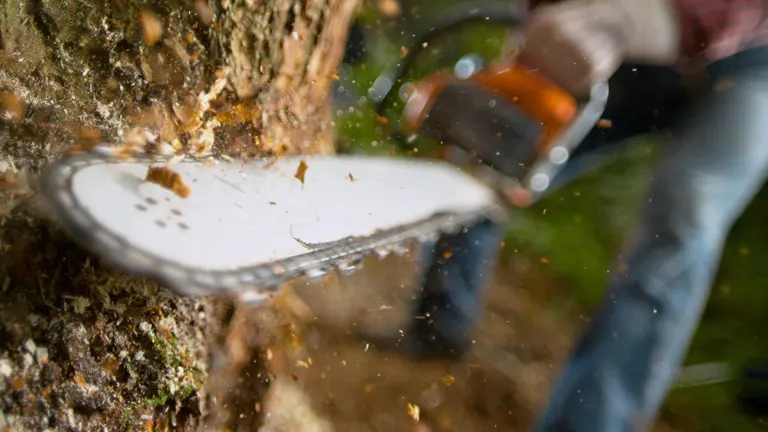
Chainsaws typically run at 12,000 to 14,000 RPM, much higher than the 8,000 RPM of other tools. This high rate of operation, combined with the immediate heavy load placed on the chainsaw when it’s used cold, sets the stage for a cold seizure. The piston, expanding faster than the cylinder, makes contact with the cylinder walls, leading to scuffing, scoring, and ultimately, engine failure.
A Closer Look at the Damage
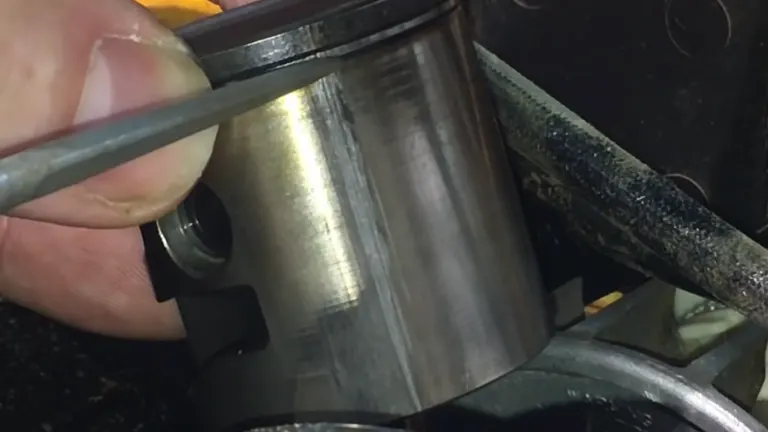
To illustrate the issue, let’s examine a chainsaw that has suffered from a cold seizure. The most affected area is usually between the muffler and the clutch, where the piston and cylinder heat up the fastest.
A visual inspection of a chainsaw that was used cold might show a seemingly perfect piston through the exhaust port. However, a closer examination after removing the cylinder will reveal scoring on the piston, especially in the area closest to the muffler and clutch. This damage leads to a loss of compression, rendering the chainsaw inoperable.
Preventing Cold Seizures
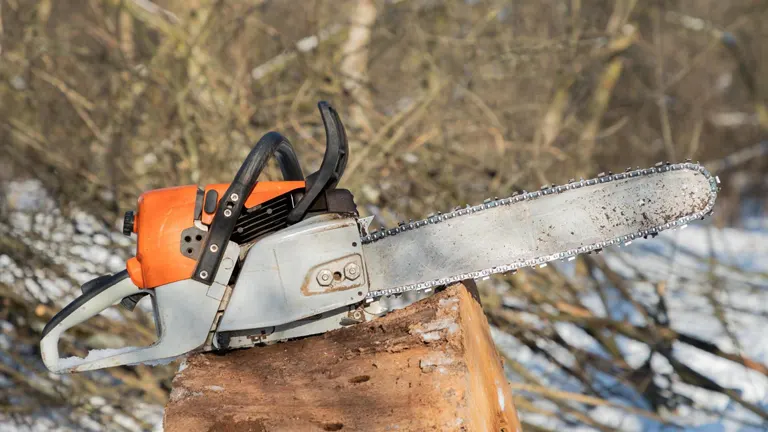
The key to preventing cold seizures is simple: allow your chainsaw to warm up before putting it under any load. This practice gives the piston and cylinder time to expand at a more uniform rate, minimizing the risk of damage. Despite the pressure to get the job done quickly, taking this extra step can save significant time and money in the long run by avoiding costly repairs or replacements.
Prevention Tips with Step-by-Step Guide
Preventing cold seizures in chainsaws is primarily about ensuring the engine is properly warmed up before use. Here’s a step-by-step guide to help both novice and experienced users:
- Initial Check: Before starting, ensure the chainsaw is in good condition. Check the chain tension, sharpness, and the fuel and oil levels.
- Cold Start: For a cold engine, set the chainsaw on a flat, stable surface. Engage the chain brake for safety. Follow the manufacturer’s instructions for cold starting, which usually involves setting the choke and pulling the starter rope until the engine fires slightly.
- Warm-Up Phase: Once the engine fires, allow it to run at a low idle with the choke off for 30 seconds to 1 minute. This initial phase lets the internal components start to warm gently.
- Moderate Throttle: After the idle phase, slightly increase the throttle for another 2-3 minutes. This step increases the flow of fuel and air, helping to warm the engine more thoroughly. Avoid full throttle during this phase.
- Check for Readiness: The chainsaw is ready for use when it runs smoothly at a higher idle without stalling and the exterior of the engine feels warm to the touch. Signs that the chainsaw is not yet ready include sputtering or hesitation when the throttle is engaged.
- Begin Work: Start with lighter cutting tasks to continue the warm-up process. After a few minutes of light use, the chainsaw should be ready for regular operation.
Maintenance and Care Section
Regular maintenance is key to preventing cold seizures and extending the life of your chainsaw. Here are essential practices to follow:
- Lubrication: Always use the correct type and amount of lubricant for both the engine and the chain. The chain oil reservoir should be refilled every time you refuel the chainsaw, ensuring smooth operation and reducing wear on the engine components.
- Regular Checks: Before each use, perform a quick check of the chainsaw’s critical components, including the air filter, spark plug, and cooling fins. Clean or replace them as recommended by the manufacturer.
- Cleaning: After each use, clean the chainsaw to remove sawdust, resin, and other debris. Pay special attention to the air intake and cooling fins, as blockages can cause overheating.
- Storage: When not in use, store the chainsaw in a clean, dry place. If storing for an extended period, drain the fuel tank and remove the chain and bar oil to prevent residue build-up.
- Professional Servicing: Even with diligent maintenance, professional servicing is recommended at least once a year to check internal components and adjust the carburetor. This ensures the chainsaw operates efficiently and minimizes the risk of cold seizures.
By following these prevention tips and maintenance practices, you can significantly reduce the risk of cold seizures and other common chainsaw issues. Regular care not only extends the lifespan of your chainsaw but also ensures it’s always ready for safe and efficient operation.
Conclusion
Cold seizures in chainsaws are a preventable issue that, unfortunately, remains common due to the pressures of the job and a lack of awareness about the problem. By understanding the mechanics behind cold seizures and adopting a more cautious approach to using chainsaws, professionals and hobbyists alike can ensure the longevity of their equipment. Let this guide serve as a reminder that sometimes, slowing down is the best way to speed up.
FAQs
- Can ambient temperature significantly affect my chainsaw’s risk of a cold seizure?
Yes, ambient temperature plays a crucial role in the risk of a cold seizure. Chainsaws are more susceptible to cold seizures in low temperatures, as the engine components, particularly the piston and cylinder, will expand at different rates when starting cold. Warming up your chainsaw becomes even more crucial in colder climates. - How does the type of fuel I use impact the likelihood of a cold seizure?
The type of fuel can influence the performance and temperature dynamics of your chainsaw. Using the correct fuel mixture (for gas chainsaws) as specified by the manufacturer is essential. Higher quality fuels can ensure smoother combustion and more consistent engine temperatures, reducing the risk of cold seizures. - Is there a difference in cold seizure risk between gas and electric chainsaws?
Electric chainsaws do not have the same risk of cold seizures as gas-powered models because they do not have internal combustion engines with pistons and cylinders that expand and contract. However, electric chainsaws have their maintenance requirements and operational precautions, especially in cold weather. - Can a chainsaw suffer from a cold seizure during operation, or does it only happen at start-up?
Cold seizures primarily occur at or shortly after start-up when the engine components have not yet reached a uniform operating temperature. Once the chainsaw is fully warmed up and the components have expanded accordingly, the risk of a cold seizure significantly decreases. - How do I know if my chainsaw has had a cold seizure? What are the signs?
Signs of a cold seizure include a sudden increase in resistance while pulling the start cord, a noticeable decrease in engine performance, unusual noises from the engine, and difficulty starting the chainsaw. Visual inspection may reveal scoring or damage on the piston visible through the spark plug hole or exhaust port. - Can a chainsaw recover from a minor cold seizure, or is it permanently damaged?
The extent of the damage from a cold seizure can vary. Minor seizures where the damage is minimal may allow the chainsaw to continue operating, possibly with reduced efficiency. However, any damage should be inspected by a professional to assess the need for repairs or parts replacement. - Are certain brands or models of chainsaws more resistant to cold seizures?
While build quality and engineering vary across brands and models, no chainsaw is entirely immune to cold seizures if not properly warmed up before use. However, higher-quality chainsaws may have better-designed cooling systems and tolerances that can help mitigate the risk. - Does the bar and chain oil type affect the risk of cold seizures?
While bar and chain oil primarily lubricates the chain and bar, ensuring smooth operation, it does not directly impact the engine’s risk of cold seizures. However, using the correct oil type can prevent other types of wear and damage, contributing to overall chainsaw health.
We hope this guide has illuminated the path to preventing cold seizures in chainsaws and preserving the life of your invaluable tool. Now, we’d love to hear from you! Share your thoughts, experiences, or any tips you’ve discovered along the way in the comments below. Have you faced a cold seizure issue before? How did you resolve it? Let’s create a vibrant community dialogue that enriches us all. Don’t forget to share this article with fellow chainsaw users who might benefit from these insights. Together, we can tackle the challenges of chainsaw maintenance and ensure our tools are always ready for action.

David Murray
Forestry AuthorI'm David Murry, a forestry equipment specialist with a focus on chainsaw operation. With over 13 years of experience, I've honed my skills in operating and maintaining a wide range of machinery, from chainsaws to log splitters. My passion for the outdoors and commitment to sustainable forestry drive my work, which emphasizes safety, efficiency, and staying updated with industry advancements. Additionally, I'm dedicated to sharing my expertise and promoting environmental awareness within the forestry community.

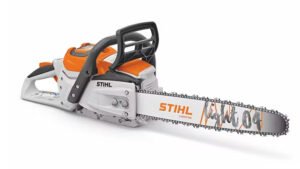


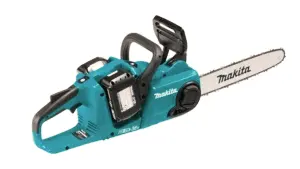
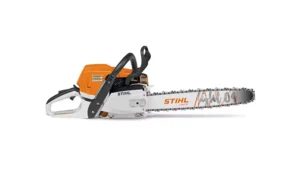



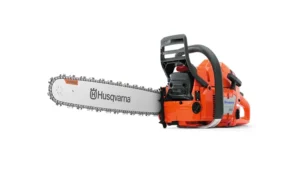
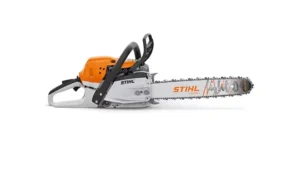
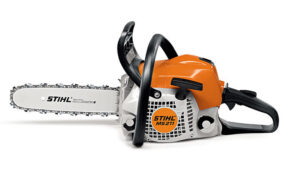
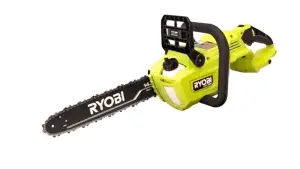
A major factor apart from warming conditions is the inherent side loading forces of the piston and area of cylinder wall in that area mentioned. A very compact motor having a shorter piston rod length in relation to stroke length will have more side loading and potential for damage and failure. The only real protection is better and more motor oil. Also be aware that a lean running motor will produce more local heat in the combustion chamber increasing that risk. Of course overloading the motor by forcing to the point the rpm drops will dramatically increase that side loading with less lubrication at the same time... Premix or not. Cheers 🍻 PS moderate damage is easily repaired. Don't wait for piston or rod damage to occur.
Andy Kerr
February 19, 2024 12:47 pm